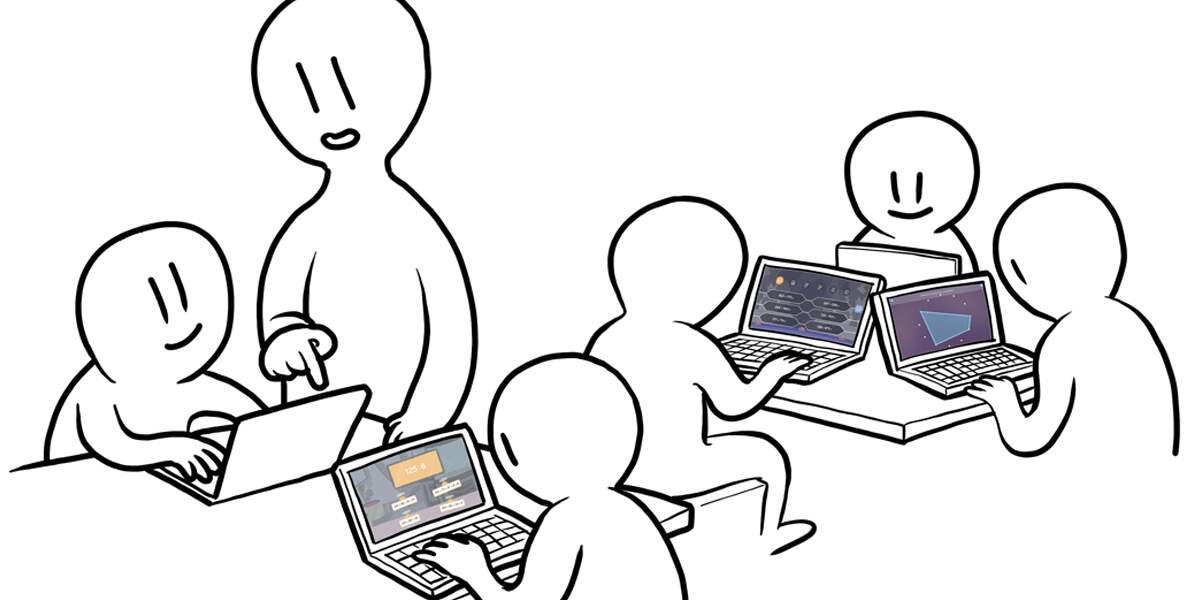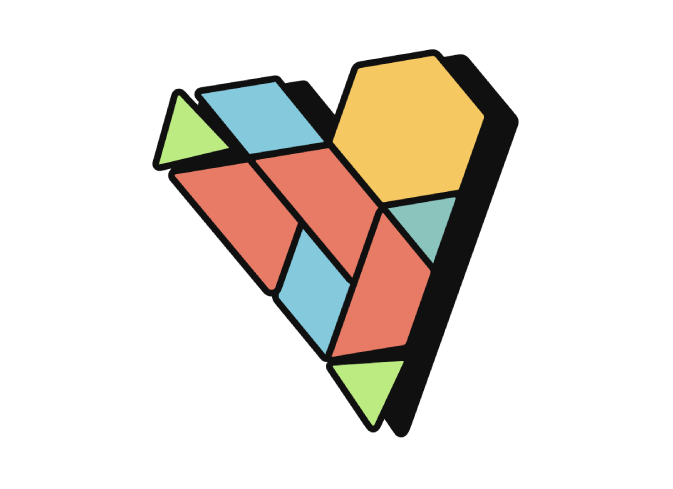To transform mathematics education, it is very important that families are informed and aligned with what is happening in the classroom.
With this in mind, we have compiled the questions we are most frequently asked at Innovamat by schools and families.
We ask you to read them to learn more about us:
What is Innovamat?
 Innovamat is a project that was born in 2017 as a complete curriculum to transform the way mathematics is learned in the classroom and to work on it in a competency-based way. With this curriculum, we build mathematical knowledge through manipulation, experimentation and conversation in the classroom.
Innovamat is a project that was born in 2017 as a complete curriculum to transform the way mathematics is learned in the classroom and to work on it in a competency-based way. With this curriculum, we build mathematical knowledge through manipulation, experimentation and conversation in the classroom.
Our initiative arose from the need we had as professors, teachers, and educators, to work with a curriculum based on current research and the experience of teachers.
We are a team of more than 300 people who work side by side to design the curriculum and support, through training and personalized advice, the more than 1 800 schools around the world that have joined the project.
How can I help my child from home?
The first thing you have to ask yourself is where this need to help comes from. So we recommend that, firstly, you talk to the school. Teachers have the specific educational training to help you, and they are the ones in the best position to determine the academic needs of each student.
In addition, it is essential that there is coordination and coherence between what the student learns in class and what we work on and transmit at home. If there isn’t, we risk stepping on moments of discovery and conversation that should occur in the classroom, and falling into traditional mechanisms that contradict what the children are learning in school.
At Innovamat, we are parents too, and we understand that at a given moment, we may need to help our kids out, especially when it comes to mechanizing basic arithmetic operations. However, we must always make sure that what we practice at home has been discovered and built upon beforehand in class.
That said, on our website we offer you:
- Videos with some of the calculation strategies that students commonly use. After the student has discovered them and worked on them in class, you can practice and consolidate them at home.
- Seminars for families that we did at the beginning of the school year that will help you understand the Innovamat project and how your children learn in the classroom.
We hope these videos will serve as a starting point for you to begin helping your children at home.
Why doesn't Innovamat solve operations the way we did in school?
The traditional way of representing and solving arithmetic operations in writing, the one most of us learned, required mechanization to get to the correct result, and this meant, in many cases, that we did not understand what we were doing.
In the past, the objective was to obtain the result quickly. Instead, we now focus on finding and working on different strategies to solve the same operation. This allows students to understand what they are doing at any given moment and in this way develop mathematical competence while respecting their own learning rhythms.
Once we have made sure that they have understood the operation in question, we also teach the traditional algorithm, but making sure that it is understood.
Why does Innovamat's curriculum use smart devices?
At Innovamat we are committed to a moderate use of technology for educational purposes, so students practice systematically for a few minutes a week with the Innovamat App.
This is a conscious and well-thought over decision that is based on two points:
- Screens are part of our lives in both leisure and professional environments. If we hide this reality from children, there is the danger that when they discover this technology, they will not have the necessary tools to interact with it responsibly. We therefore think that at school, children can learn to consciously manage screens and familiarize themselves with their educational uses. In addition, most official curricula place great emphasis on the development of digital competence.
- Technology plays a key role in facilitating teaching. The Innovamat App makes it possible to personalize learning with real-time corrections and, if the student makes a mistake, it offers very well-thought-out educational tips, something that would be difficult to achieve with a whole class using a paper worksheet.
How does Innovamat work with mathematics?
More and more teachers are beginning to share the aim of encouraging mathematical competence among their students. To do this, we need to go beyond curricular content. We have also understood the value of transmitting a way of doing things, that is, processes (solving problems, reasoning, arguing, connecting ideas, communicating and representing them) that form the backbone of mathematical work and that are as important as the content itself. We therefore encourage students to develop their mathematical competence while discovering and building concepts manipulatively, in order to understand, consolidate and apply them. In other words, we ensure that students develop sustainable strategies and a critical mathematical spirit
An example would be the idea that mastering the traditional division algorithm does not imply knowing how to divide. What is the point of focusing all our efforts on this type of algorithm in today’s world? Instead of starting with them, we can approach division as grouping or dividing objects, then, we guide a conversation to share strategies and get to a transparent algorithm. Once the meaning of dividing is understood, there will be time to learn a compact algorithm, such as the traditional one, and practice it. At the same time, it is necessary to develop estimation, mental calculation, the use of the calculator, and the ability to choose which type of calculation is the most appropriate. Our curriculum considers these details, even beyond calculation, with ideas based on research and our teaching experience. The key lies in conveying to students what it means to do mathematics. And to this end, we suggest encouraging a problem solving environment in the classroom that revolves around teacher-guided peer-to-peer manipulation and conversation. In this way, learning opportunities are promoted so that students can develop the curricular content at the same time as mathematical competence.
Is there evidence that the Innovamat curriculum works?
At Innovamat’s education team, we have always thought of, designed and written our activity suggestions based on a powerful combination; years of experience in research and university teaching with decades of experience in the classroom. In other words, we start from what the research tells us and join it to our experience over the years in elementary school or high school. At present, the team is made up of more than 40 teachers and professors from all school stages, from kindergarten to university. We read, we research, we discuss, we teach, we assess and, in short, we learn together in an ecosystem. This is where our educational resources come from, and this is why we often say that Innovamat is a project by teachers for teachers, based on research and on what we know works.
But that is not enough. We have a responsibility that must go beyond that, we must be able to take advantage of the fact that we know and work together with the thousands of teachers who are taking our ideas to the classroom. In fact, we must be able to take advantage of this strength to close the circle, the implementation of our resources in the classroom contributes to the research from which we had started to create these same resources.
For this reason, last year we created the Pyramid Group, our own research group linked to different universities and institutions, which aims to carry out studies that contribute to mathematics education in general, and to measure the impact of the Innovamat curriculum in particular, in order to improve it.
What happens when, after having done Innovamat at school, it is not carried on into high school?
Our program is curricular and goes from kindergarten to middle school, which means that we work on all the required content within the current legal framework and that, in addition, we follow the methodological guidelines recommended for each stage. This ensures that, if the curriculum is implemented correctly, there will be no problems in the transition between stages.





